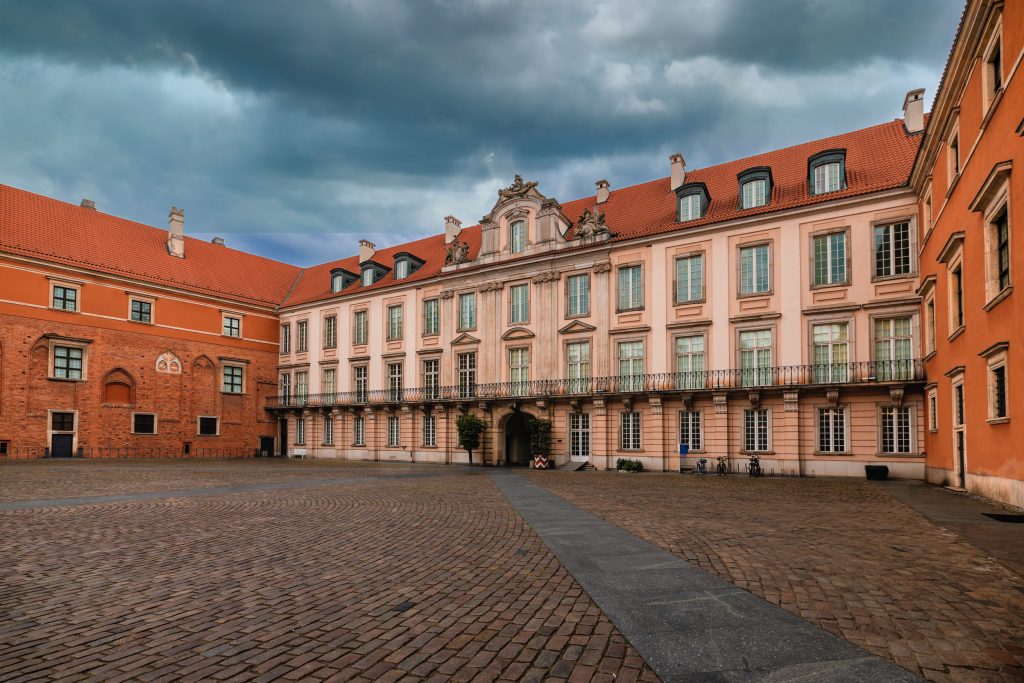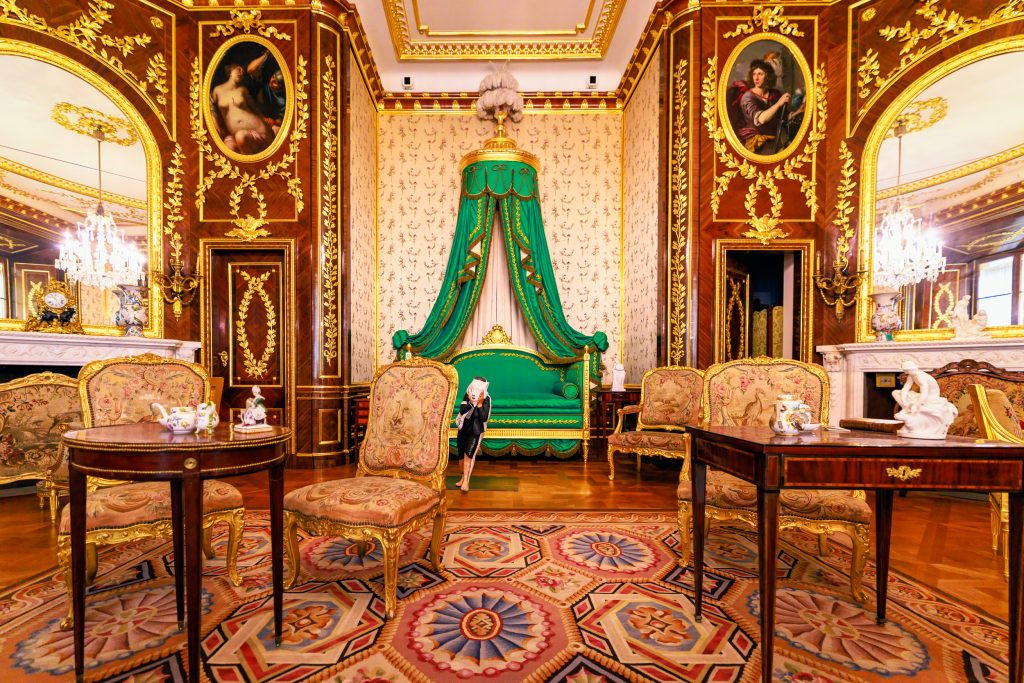The POLIN Museum of the History of Polish Jews in Warsaw is both a monument to a lost civilization and a cultural institution of the highest caliber. Housed in a striking contemporary building on the site of the former Warsaw Ghetto, the museum traces 1,000 years of Jewish life in Polish lands—from early migrations and the Golden Age through the partitions, the Holocaust, and into the present day.
Facing the Monument to the Ghetto Heroes, the POLIN Museum stands on the site of the prewar Jewish neighborhood and wartime ghetto. Together, the museum and monument form a powerful memorial complex. One visits the monument to honor those who died by remembering how they died. One enters the museum to honor them—and those who came before and after—by remembering how they lived.

One of the museum’s most impressive features is the reconstruction of the wooden synagogue from Gwoździec. This soaring, hand-painted structure, recreated using traditional methods, pays tribute not only to Jewish religious architecture but also to the vibrancy and beauty of a world that once was.
The museum handles Poland’s long Jewish history with beauty, care, and deep respect. Yet I found myself wondering: how deeply does POLIN grapple with the antisemitism that existed in Poland before the German invasion? The subject is present—in interwar exhibits, newspaper clippings, and political histories—but easy to miss, especially amid the museum’s emphasis on Jewish life rather than victimhood. Perhaps this is deliberate. The goal, after all, is education, not alienation. Still, it’s hard to tell the full story of Jewish life in Poland without acknowledging how often Jews were made to feel like outsiders—even before the Holocaust began.
Barbara Kirshenblatt-Gimblett, the museum’s chief curator, once said: “We are creating a museum of life, not a museum of death.” That vision is palpable throughout POLIN’s galleries. The museum honors what was lost while insisting that Jewish history in Poland must also be remembered for what it was: rich, complex, and deeply woven into the national fabric.

So what is the purpose of POLIN today? A Polish guide I met during my travels said the museum is primarily intended for Poles, almost all of whom are not Jewish. There’s truth in that. In a country where 90% of the prewar Jewish population was murdered and few Jews remain, the museum serves not only as remembrance but also as education. It is also, arguably, part of Poland’s broader effort to grapple with its past while promoting cultural tourism. Jewish heritage sites have become cultural and economic assets—a reality that raises uneasy questions about purpose and presentation.
Still, none of that should diminish what POLIN has accomplished. It does not shy away from difficult chapters. It honors what was lost while celebrating what was lived. And for Jewish and non-Jewish visitors alike, it offers a place to learn, reflect, and—perhaps most importantly—feel the weight of presence where so much absence remains.


